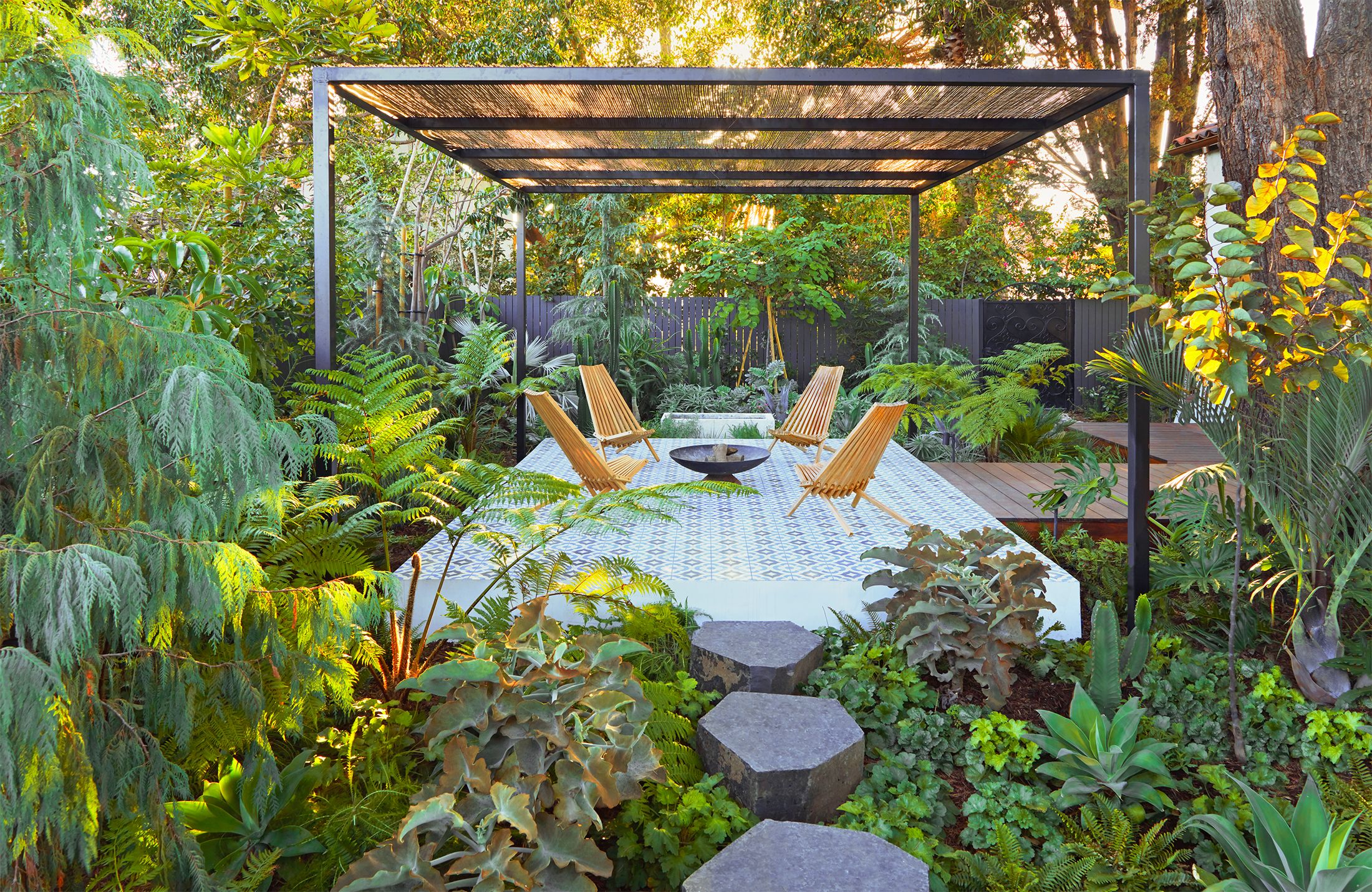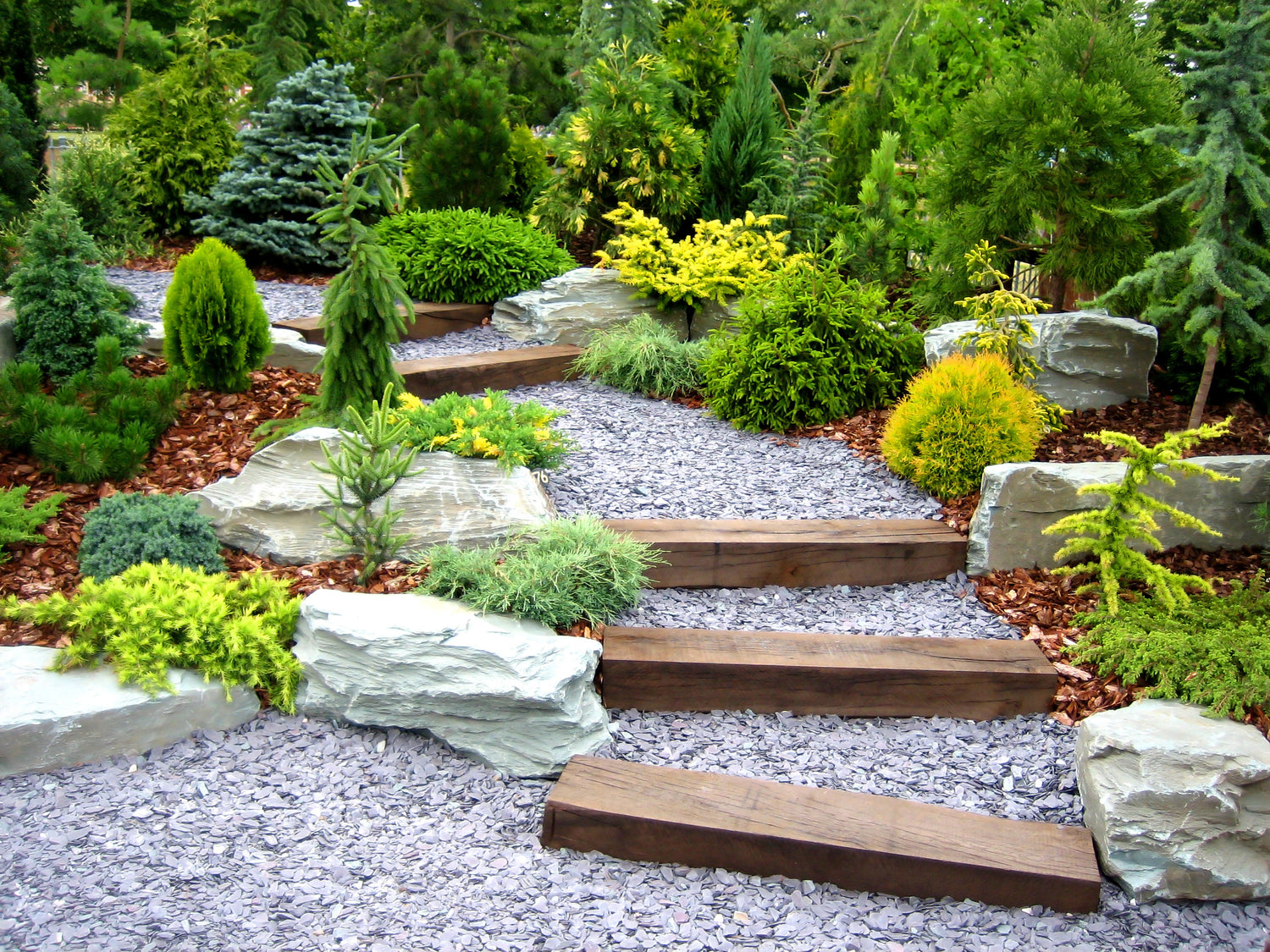Why Landscaping St. Louis Missouri Recommends Native Plants for Easy Maintenance
Why Landscaping St. Louis Missouri Recommends Native Plants for Easy Maintenance
Blog Article
Comprehend the Relevance of Sustainable Practices in Modern Landscape Design Services
Lasting methods in modern landscape design are significantly recognized for their vital function in environmental conservation. By implementing environment-friendly techniques, landscape design professionals can enhance biodiversity and decrease their eco-friendly impact. This approach not only raises property appearances however also advertises neighborhood wellness. As the need for greener solutions expands, the concern emerges: how can these sustainable approaches reshape the future of landscape design and our connection with nature?
The Role of Sustainable Landscaping in Environmental Conservation
While numerous may neglect the significance of landscape design in ecological conservation, lasting landscaping techniques play a necessary duty in advertising eco-friendly equilibrium. By focusing on indigenous plants and minimizing water use, these techniques assist preserve local biodiversity and decrease the stress on water sources. Additionally, lasting landscaping can boost dirt health with natural practices, which promotes an extra resistant ecosystem.Moreover, integrating permaculture concepts boosts land productivity while lessening ecological impact. This method urges using natural bug control and lowers reliance on chemical fertilizers, consequently protecting surrounding ecological communities. Landscaping that concentrates on sustainability likewise adds to carbon sequestration, aiding to minimize climate change effects.Furthermore, environmentally friendly landscape design produces habitats for wild animals, advertising a varied array of varieties. By participating in sustainable methods, landscapers not just improve rooms yet additionally proactively get involved in the bigger initiative to shield the setting for future generations.
Advantages of Eco-Friendly Practices for Landscape Design Professionals
Eco-friendly practices in landscaping offer various advantages for experts in the field - landscaping st louis. These approaches not just add to a minimized environmental influence however likewise enhance residential property worth and cause long-lasting cost savings. By embracing lasting methods, landscaping professionals can create a more sensible future for both their organizations and the planet
Minimized Ecological Influence
As landscape design professionals increasingly embrace environmentally friendly techniques, they contribute substantially to minimizing the ecological impact of their solutions. Executing sustainable strategies such as natural fertilizers, indigenous plant selection, and efficient irrigation systems decreases the usage of damaging chemicals and conserves water sources. These methods not only boost dirt wellness but likewise support neighborhood biodiversity by producing environments for wildlife. By prioritizing using renewable energies and minimizing waste, landscape design specialists can substantially lower their carbon impact. In addition, integrating eco-friendly innovations, such as solar-powered equipment, additionally lessens dependence on nonrenewable fuel sources. On the whole, these environment-friendly techniques cultivate a much healthier community, showing the critical duty that lasting landscaping plays in ecological stewardship.
Improved Building Value
Purchasing lasting landscape design techniques can substantially improve home worth, with researches suggesting that homes with well-designed green areas can see a rise of approximately 15% in market value. Environmentally friendly landscapes not only draw in potential purchasers yet likewise develop an enduring impression that stresses a commitment to ecological stewardship. Features such as native plants, water-efficient irrigation systems, and absorptive paving contribute to aesthetic appeal while lowering upkeep costs. In addition, properties with lasting landscaping frequently have lower water usage and power costs, including to their appearance. As understanding of environment adjustment and sustainability rises, customers significantly focus on homes that mirror eco-conscious values, making lasting landscaping a tactical investment for home proprietors seeking to maximize their return.
Long-Term Expense Savings
Lasting landscape design methods supply significant long-term cost financial savings for specialists in the market. By making use of indigenous plants and drought-resistant landscape design, professionals can minimize water use and reduced irrigation costs. In addition, utilizing organic fertilizers and parasite control methods reduces chemical acquisitions and advertises healthier dirt, bring about minimized maintenance expenditures gradually. Carrying out efficient power resources, such as solar-powered lights, additionally lowers operational prices. In addition, sustainable practices typically cause fewer fixings and replacements due to the use of resilient materials and styles that endure ecological challenges. By investing in green strategies, landscape design specialists can not just improve their service offerings however additionally take pleasure in recurring savings that add to their overall productivity and sustainability in an open market.

Water Preservation Methods in Landscape Design
Reliable water preservation strategies are essential in landscaping, particularly in regions facing water shortage. One popular technique is the application of xeriscaping, which uses drought-resistant plants and reduces the requirement for additional watering. Additionally, employing drip irrigation systems can greatly reduce water waste by delivering dampness straight to the plant origins. Rain harvesting is one more reliable strategy, allowing home owners to accumulate and save rain for landscape use. Soil moisture sensing units can better improve water effectiveness by keeping track of dirt problems and notifying web irrigation schedules. Mulching is also valuable, as it aids maintain soil moisture while subduing weeds. Lastly, landscape designers are urged to develop shape yards that promote natural water drainage and decrease overflow. By embracing these water conservation methods, landscape design services can add to lasting practices while ensuring that plant thrives also in water-limited atmospheres.
Advertising Biodiversity With Native Plant Choice
A diverse selection of native plants can greatly boost biodiversity in landscaping tasks. By choosing plants that are aboriginal to a certain area, landscapers can create atmospheres that foster an equilibrium of communities. Indigenous plants are adapted to regional climate conditions and dirt types, calling for less water and maintenance contrasted to non-native species. This adaptation urges the visibility of native wildlife, such as pollinators, birds, and advantageous insects, which count on these plants for food and habitat.Furthermore, indigenous plants play a necessary function in dirt wellness by decreasing disintegration and improving vitamins and mineral biking. By promoting a selection of species, landscapers can produce resilient landscapes that are much better equipped to withstand insects and illness. In turn, this method sustains the general wellness of the environment, adding to sustainability. Highlighting indigenous plant selection not just improves rooms but additionally grows ecological honesty, making it a significant aspect of contemporary landscaping practices.
Waste Reduction Techniques in Landscape Upkeep
Applying waste reduction approaches in landscape maintenance can significantly decrease environmental effect while taking full advantage of resource effectiveness. great post to read One reliable approach involves composting natural waste created during maintenance activities, such as lawn trimmings and trimming particles. This technique not just draws away waste from landfills however also improves dirt wellness. On top of that, utilizing mulch efficiently can decrease the need for chemical fertilizers and watering, consequently preserving resources.Another strategy is to embrace precision landscaping techniques, which concentrate on targeted applications of water and nutrients based on particular plant needs. This minimizes unnecessary waste and enhances plant health. Applying a regular maintenance schedule can also lower over-pruning and extreme waste generation. In addition, picking sturdy materials for landscaping tasks assurances longevity, inevitably lowering the frequency of substitutes. Jointly, these methods contribute to an extra sustainable approach in landscape maintenance, fostering a healthier ecological community while lowering overall waste manufacturing.
The Aesthetic Effect of Sustainable Landscaping
While standard landscape design typically focuses on aesthetic appeals over ecological considerations, sustainable landscape design integrates appeal with environmental responsibility (st louis landscaping companies). This strategy welcomes native plants, which not just thrive in regional problems but likewise sustain local wild animals, boosting the overall aesthetic allure of page a landscape. By utilizing natural products and environmentally friendly style strategies, sustainable landscaping develops vibrant areas that show the all-natural environment.Furthermore, the incorporation of elements such as rainfall yards and absorptive leading not only improves looks but also adds to reliable water management. Making use of lasting methods can cause unique and welcoming exterior rooms that encourage biodiversity and foster a sense of place.Ultimately, sustainable landscaping goes beyond simple aesthetic beauty; it grows a gratitude for nature while promoting environmental stewardship. This combination of appeal and sustainability not just boosts the landscape yet additionally motivates a better link in between individuals and their setting
Community Engagement and Education in Sustainable Practices
Sustainable landscaping not just boosts the aesthetic allure of exterior areas however likewise acts as a platform for community interaction and education. Via workshops and regional efforts, landscaping services can cultivate a much deeper understanding of sustainable practices among neighborhood participants. These programs commonly stress the significance of indigenous plants, water conservation, and natural horticulture strategies, permitting individuals to get hands-on experience.Moreover, neighborhood gardens play an important role in advertising sustainability while supplying a shared space for communication. Such efforts motivate collaboration and the exchange of concepts, producing a sense of possession and obligation among participants. By incorporating instructional elements into their solutions, landscape design professionals can effectively link the space in between ecological stewardship and community participation. Eventually, this engagement not just cultivates an extra enlightened public yet also boosts the collective dedication to sustainable techniques, making certain that these principles are upheld for future generations.
Regularly Asked Questions
What Are the Expenses Related To Implementing Sustainable Landscape Design Practices?
The prices connected with carrying out lasting landscape design methods often consist of preliminary financial investments in green materials, continuous maintenance expenses, and potential training for personnel. Nonetheless, lasting savings and environmental benefits can exceed these in advance expenses.

Just How Can House Owners Get Started With Lasting Landscaping in your home?
Homeowners can start lasting landscaping by assessing their yard, picking native plants, executing efficient watering systems, composting organic waste, reducing chemical usage, and including compost to maintain dampness, eventually promoting an environmentally friendly exterior atmosphere.
Are There Qualifications for Lasting Landscaping Specialists?
Different certifications exist for lasting landscaping specialists, including the Organization of Expert Landscape Designers' certification and the Lasting Sites Campaign. These certifications highlight ecological practices, advertising eco-friendly landscape design techniques and improving specialist reliability within the industry.
Exactly How Does Environment Modification Affect Landscape Design Practices?
Environment adjustment considerably impacts landscape design techniques by altering plant growth patterns, boosting pest populations, and demanding using drought-resistant vegetation. Consequently, landscaping companies must adapt their methods to guarantee sustainable and durable exterior environments.
What Plants Are Ideal for Low-Maintenance Sustainable Gardens?
The most effective plants for low-maintenance sustainable gardens consist of indigenous species, succulents, and drought-resistant varieties. landscaping st louis. These plants call for minimal water, flourish in regional problems, and assistance regional ecosystems, developing a resilient and eco-friendly garden
Report this page